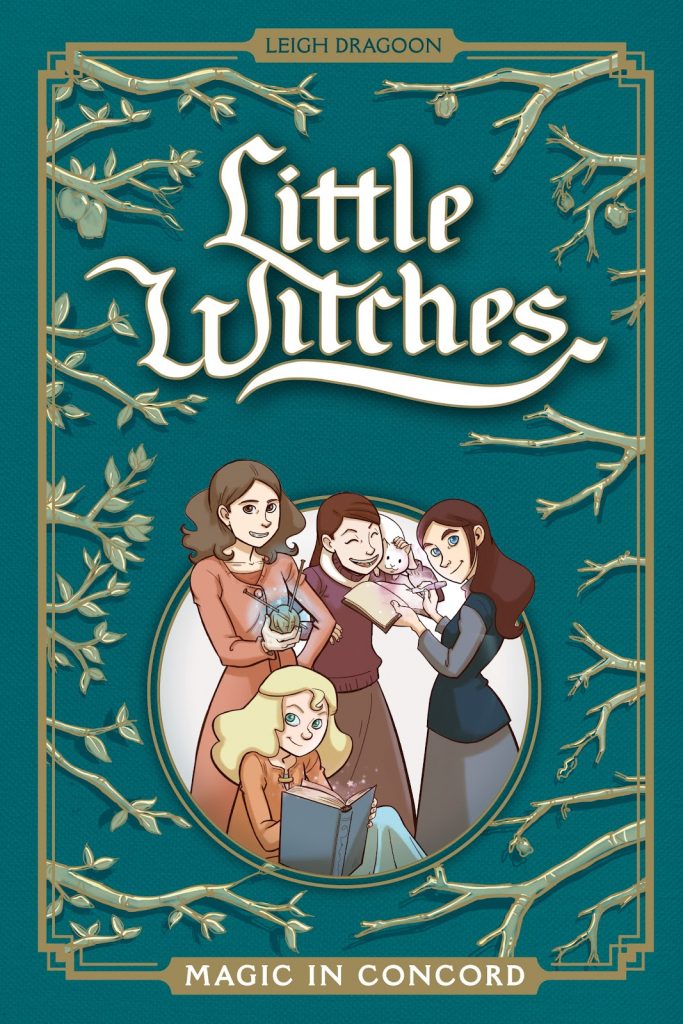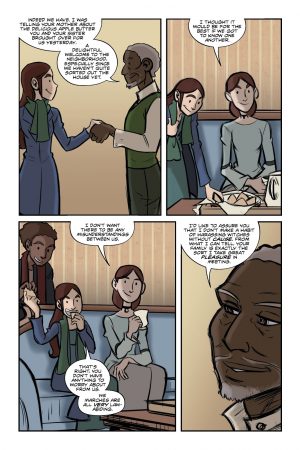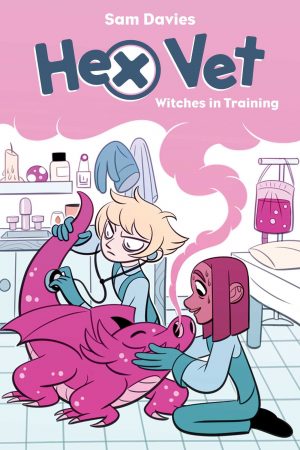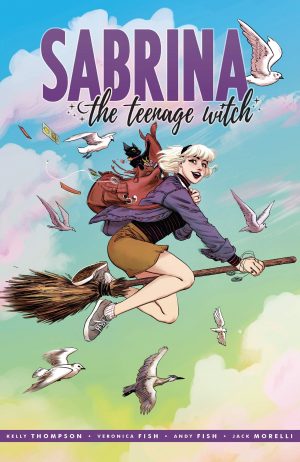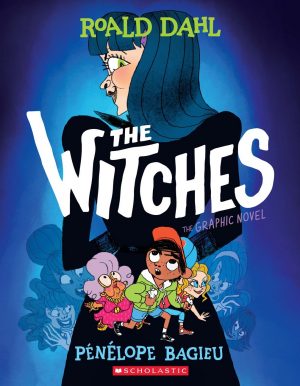Review by Frank Plowright
Leigh Dragoon updating Louisa May Allcott’s Little Women has potential. It’s a young adult novel that’s maintained popularity for over 150 years, more than a century before there was a young adult category in fact. However, some aspects have inevitably dated, and despite keeping the US Civil War setting, they’re addressed by Dragoon’s injection of magic.
Meg, Jo, Beth, and Amy March live in the Masschusetts town of Concord, with their mother, called “Marmee”, an anachronism Dragoon hasn’t changed. Their father is an army chaplain on the battlefields who occasionally sends letters home about his morale-sapping days. All four girls have inherited the magical powers that run in the family, but which must be concealed. That becomes more difficult when a sanctioned Witchfinder moves in next door.
The themes and characters of Allcott’s novel survive, but Dragoon places greater emphasis on it taking place as American states are fighting over the legitimacy of slavery. Their elderly new neighbour may be a Witchfinder, but he’s also an escaped slave who’s published a book about his journey. His antipathy for witches stems from some aiding mercenaries who recapture slaves. What’s presented as the other danger is the threat of Amy being pulled out of school to apprentice under her formidable aunt.
Dragoon takes many of her plot developments, especially relationships and friendships, from the original novel, while the magic and period settings are distractions, since the emotional concerns are those any young reader can still understand. Her artwork, though, is limiting. The dramatic tension is well conveyed, and the spartan surroundings can be considered period authenticity, but when the chance comes to contrast them with magical locations Dragoon sticks with drab and dull. It’s a mistake, and there are places where the visuals don’t do enough to show what’s happening. These are small moments, but there are several of them.
Minor mysterious occurrences escalate to disappearances, first of objects, then a cow, then a young woman, and against that background the March sisters and their friends discover the truth and must decide between them what to do about it. It’s here that their contrasting personalities come to the fore. However, the resolution is ordinary, as is a separate short story dealing with a garden pest.
Ultimately, Magic in Concord doesn’t engage as well as it might, with the strong personalities providing the most memorable moments. Try the original novel instead. There’s a reason it’s been in print since 1868, and there’s considerably more of it.
